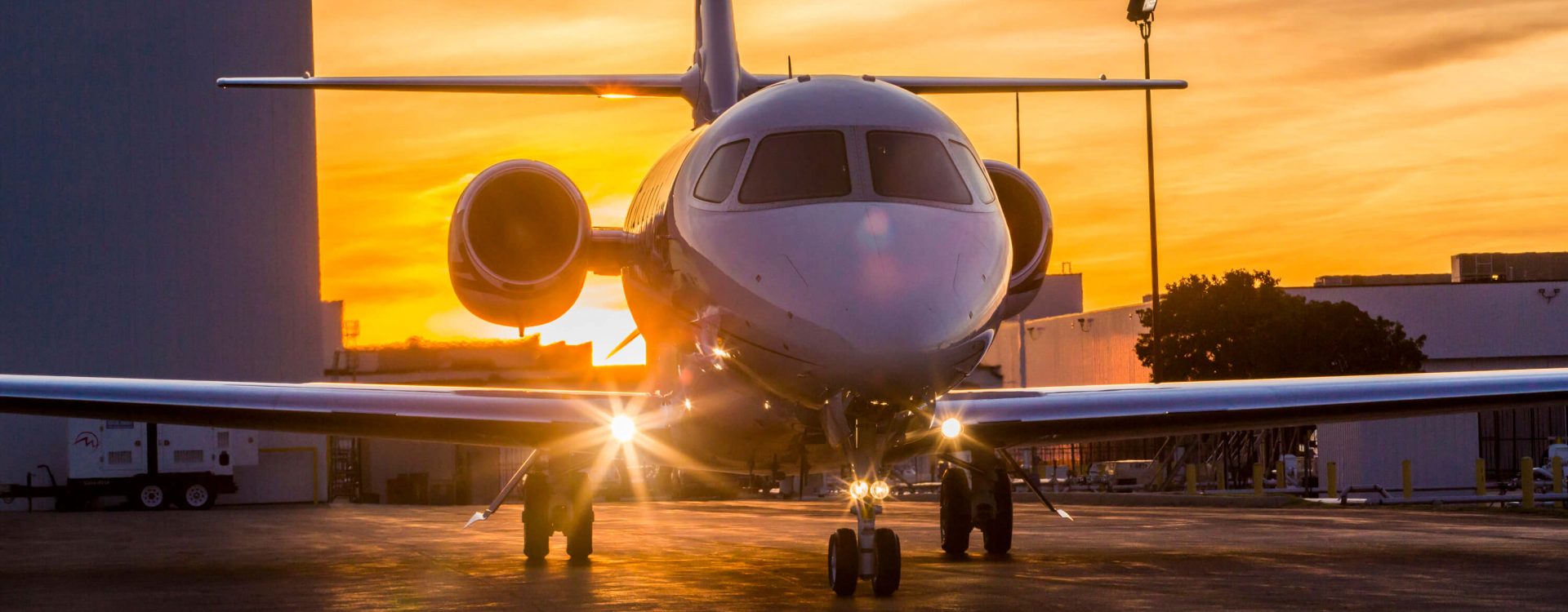On May 30, 1949, test pilot John Oliver (“J.O”) Lancaster went out to test a Rolls-Royce Nene-powered Armstrong Whitworth A.W.52 (radical “flying wing”) aircraft. During the test, he encountered severe pitch oscillations in a 320 mile per hour dive, which made him fear the aircraft would disintegrate. Due to the situation, Lancaster became the first […]
First Trans-Atlantic Flight Using GPS
On May 23, 1983, a Rockwell Collins Sabreliner piloted by Charles Hall and David Selzer, flew from Cedar Rapids, Iowa, to the Paris Air Show in Le Bourget, in a demonstration of the GPS navigation. The trip was broken into five flights that took approximately 3 to 4 hours each, because that was the length […]
Gulfstream’s Enhanced Vision System (EVS) Installed on Gulfstream IV-SP® Business Jet
EVS was one of the best aviation safety advancements since the enhanced ground proximity warning system (EGPWS) since it enabled the flight crew to see runway markings, taxiways, adjacent roads and surrounding conditions. The EVS also helped crews avoid runway incursion and hazards that would otherwise not be easily visible. At the time, FlightSafety International, […]
First Flight Over the North Pole
Byrd and Chief Aviation Floyd Bennett flew over the North Pole on May 9, 1926, in the Josephine Ford, a triple-engine Fokker high-wing monoplane. Byrd’s and Bennett’s flight was the first time an aircraft had flown over the top of the world. The pair took off from Spitsbergen, Norway, and reportedly covered the 1,545-mile […]
The First Nonstop Transcontinental Flight
During the flight, Macready and Kelly faced flying over unknown territory at night and through storms and rain for over half the flight. Also, by the time Macready and Kelly reached the Continental Divide in Arizona, the T-2 had used up most of its fuel, making the airplane lighter and easier to control as they […]

